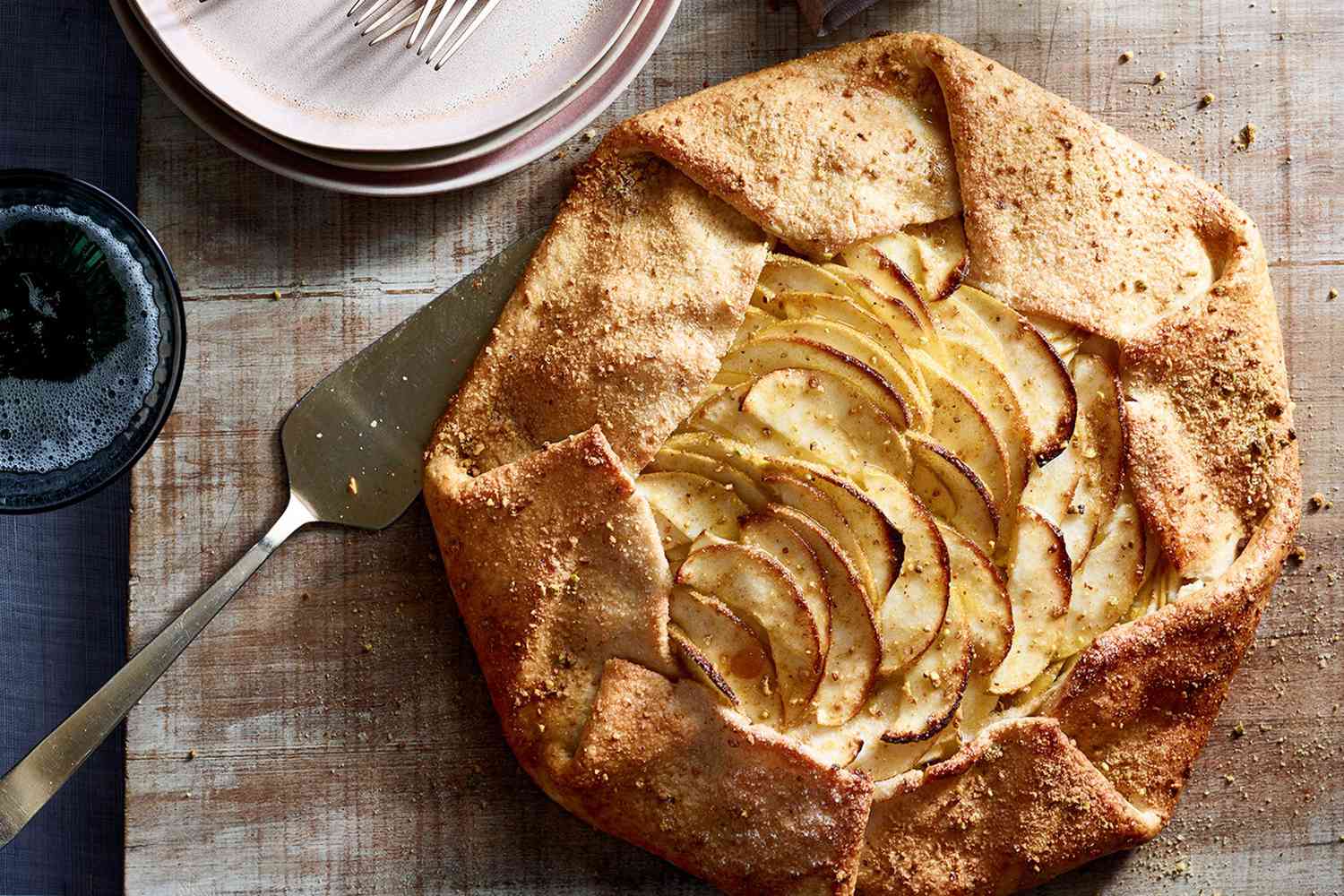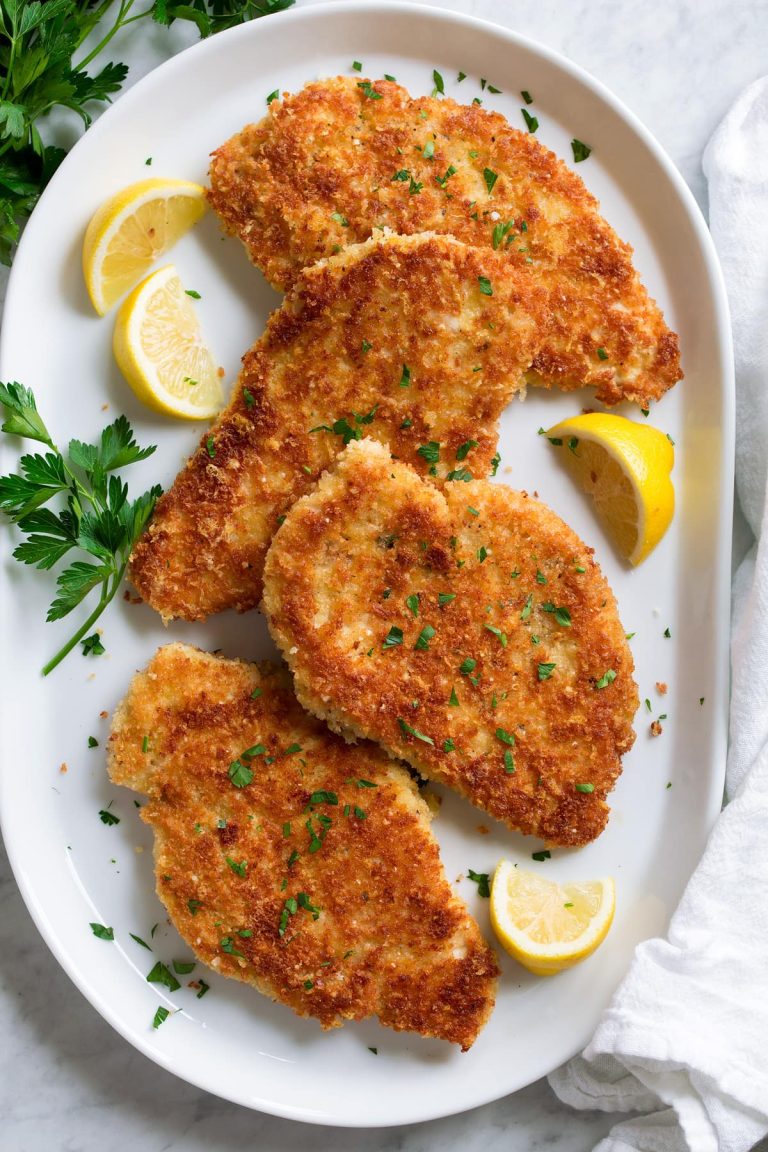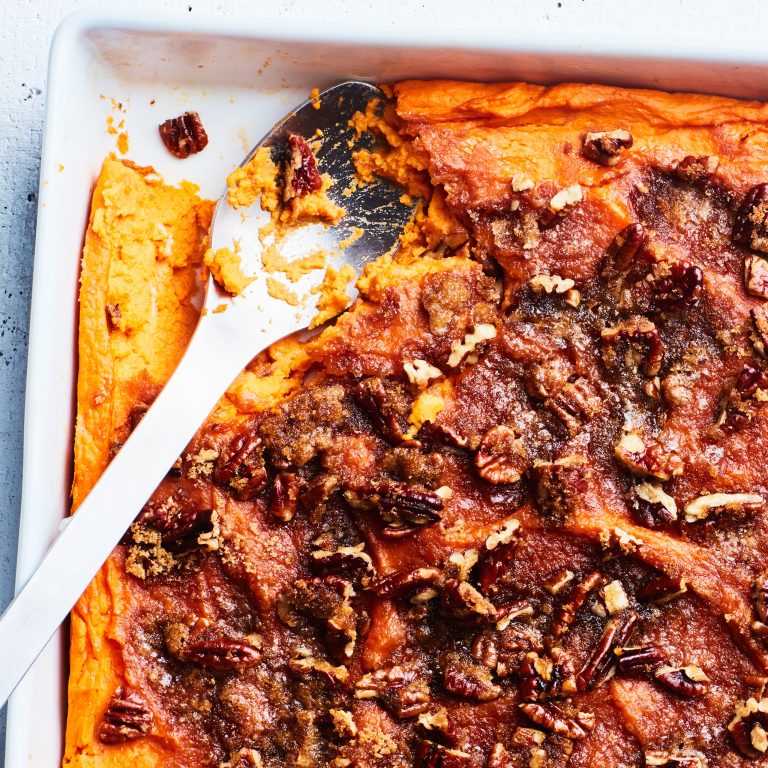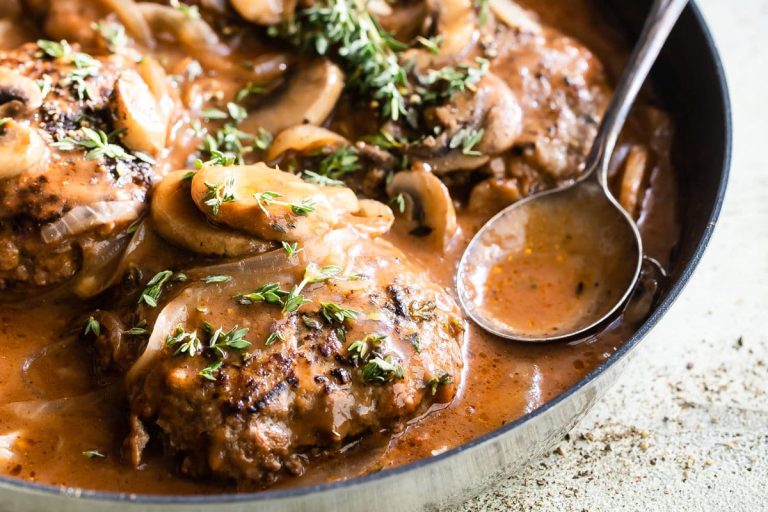Pear Pie Recipe: A Sweet and Simple Dessert for Any Occasion
Pear pies trace their origins back to ancient times. Early recipes were found in Europe, where pears were abundant and used frequently in desserts. Medieval bakers combined pears with spices such as nutmeg, cloves, and cinnamon. Over time, these recipes crossed the Atlantic, evolving into various regional versions in the United States. Colonial American recipes often incorporated pears due to their resilience and availability.
Why Pear Over Other Fruits?
Pears offer a distinct sweetness and delicate texture that sets them apart. When baked, pears retain their shape, unlike some fruits that turn mushy. Their mild flavor complements spices and enhances the pie’s overall taste. Varieties like Bartlett, Bosc, and Anjou provide different textures and flavors, making pear pie versatile. Their natural sweetness means less added sugar, resulting in a balanced dessert. Pears also pair well with a range of ingredients, from nuts to cheeses, allowing creative variations. In essence, fresh pear pies offer a refined dessert experience with unmatched versatility and flavor nuances.
Essential Ingredients for Fresh Pear Pie
Choosing the Right Pears
Selecting the right pears ensures your pie has the perfect texture and flavor. Bartlett pears offer a sweet, juicy taste, making them ideal for a succulent filling. Bosc pears, with their firm texture, hold up well during baking and add a delicate flavor. Anjou pears, known for their subtle sweetness, blend well with spices and other ingredients. Choose ripe but firm pears, and avoid overly soft ones to prevent a mushy filling.
Additional Ingredients to Enhance Flavor
Several ingredients can enhance your fresh pear pie’s flavor, adding depth and complexity. Ground cinnamon and nutmeg bring warmth, while a splash of vanilla extract adds a fragrant sweetness. Lemon juice brightens the flavor and balances the pears’ natural sweetness. Cornstarch or flour thickens the filling, ensuring it’s not too runny. Consider adding a handful of chopped nuts like walnuts or pecans for texture or a sprinkle of sugar on top for extra sweetness and a golden-brown finish.
Step-by-Step Recipe for Fresh Pear Pie
Preparing the Pear Filling
Select ripe Bartlett, Bosc, or Anjou pears for the best texture and flavor. Peel, core, and slice the pears into 1/4-inch thick pieces. Combine 6 cups of sliced pears with 1/2 cup of granulated sugar, 1/4 cup of brown sugar, 1 tablespoon of lemon juice, 1 teaspoon of cinnamon, 1/2 teaspoon of nutmeg, and 1 teaspoon of vanilla extract in a large bowl. Add 3 tablespoons of cornstarch or flour as a thickening agent. Mix thoroughly to evenly coat the pears.
Crafting the Perfect Crust
Use a pre-made or homemade pie crust based on your preference. If making from scratch, combine 2 1/2 cups of all-purpose flour, 1 teaspoon of salt, and 1 teaspoon of sugar in a food processor or bowl. Add 1 cup of unsalted butter, cut into small pieces, and process until the mixture resembles coarse crumbs. Gradually add 1/4 to 1/2 cup of ice water until the dough comes together.
Divide the dough in half, form into disks, and chill for at least 1 hour. Roll out one disk on a floured surface to fit a 9-inch pie pan. Place the crust in the pan and trim the edges. Add the pear filling and dot with 2 tablespoons of butter. Roll out the second disk and cover the pie, crimping the edges to seal. Cut slits in the top for ventilation. Bake at 400°F for 45-50 minutes until the crust is golden brown and the filling is bubbly.
Ensure an enjoyable experience with this Fresh Pear Pie recipe by consistently following these detailed steps for a perfect result every time.
Baking and Serving Tips
Optimal Baking Techniques
Ensure your pear pie bakes evenly and achieves the perfect texture by following these techniques. Preheat your oven to 375°F before placing the pie inside. A preheated oven helps the crust cook properly and prevents it from becoming soggy. Position the oven rack in the center to ensure even heat distribution.
Cover the edges of the pie crust with aluminum foil or a pie shield during the first 25-30 minutes of baking. This prevents the edges from burning while the filling sets. Remove the cover for the remaining baking time to allow the crust to turn golden brown.
Use a baking sheet under the pie to catch any overflow of juices. This keeps your oven clean and prevents burning. Bake until the filling is bubbly and the crust is golden, usually around 50-60 minutes.
Test for doneness by inserting a knife into the center of the pie. If it goes through the pears easily, they’ve softened enough. Let the pie cool for at least 2 hours before serving to allow the filling to set properly.
Presentation and Serving Suggestions
Enhance the appeal of your fresh pear pie with thoughtful presentation and serving techniques. Serve the pie slightly warm or at room temperature for the best flavor. Pair with a dollop of whipped cream, a scoop of vanilla ice cream, or a drizzle of caramel sauce to complement the pear’s sweetness.
For a rustic look, dust the top crust with powdered sugar or a light glaze. Adding finely chopped nuts like almonds or walnuts on top also offers a crunchy texture that contrasts with the soft filling.
Slice the pie with a sharp, serrated knife for clean cuts. Serve on decorative dessert plates to elevate the dining experience. Consider garnishing each slice with a mint sprig or a thin pear slice for an extra touch of elegance.
By focusing on these baking and serving tips, you ensure your pear pie not only tastes delicious but also impresses every guest.
Variations of Traditional Fresh Pear Pie
Gluten-Free and Vegan Options
Consider a gluten-free crust if you’re avoiding gluten. Use a blend of almond flour and tapioca starch for a crispy, flaky texture. For a vegan version, replace butter with coconut oil or vegan margarine. Use flaxseed meal mixed with water as an egg substitute. Choose a mix of ripe Bartlett and Bosc pears for optimal sweetness and texture. Ensure all other ingredients like sugar and spices (such as cinnamon and nutmeg) are vegan and gluten-free.
Experimental Flavors to Try
Enhance your fresh pear pie with new flavors. Add a touch of ginger or cardamom to the filling for a warm, spicy nuance. For a twist, incorporate dried fruits like cranberries or apricots. For more complexity, try adding a layer of almond paste beneath the pears. Pairs well with pears: consider adding a splash of pear liqueur or a citrus zest like lemon or orange for an extra burst of flavor.
Conclusion
Creating a fresh pear pie is a rewarding experience that captures the essence of this unique fruit. With simple ingredients and a bit of care, you can craft a dessert that’s both delicious and visually appealing. Pears’ ability to retain their shape and mild flavor makes them perfect for baking, and experimenting with different varieties and flavors can take your pie to the next level. Whether you opt for a traditional recipe or explore gluten-free and vegan options, fresh pear pie offers endless possibilities. Enjoy every bite with the satisfaction of knowing you’ve created something truly special.






